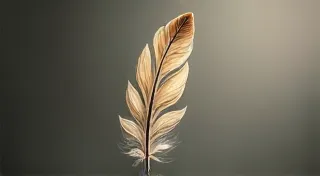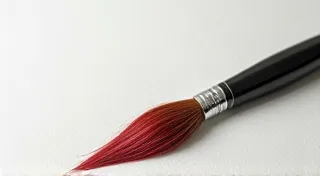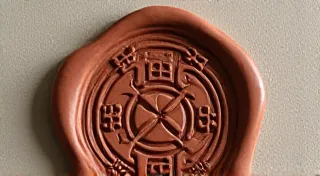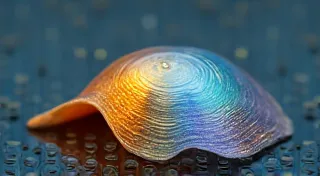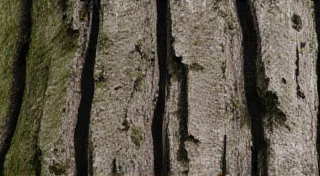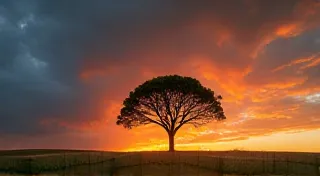Skeletal Frames: Etching Botanical Silhouettes onto Glass
There’s a quiet beauty in things weathered by time, a profound elegance in surfaces softened by history. I’m not talking solely about paintings or sculptures. Consider the humble antique bottle. More often than not, these vessels—once bustling with spirits, elixirs, or simple lemonade—have become silent witnesses to decades, even centuries, passing by. They sit on shelves, gathering dust, their stories untold. My journey with reverse glass etching began as a way to breathe new life into these forgotten treasures, to coax their inherent beauty to the surface, and to whisper stories through etched botanical forms.
My initial foray into this craft wasn’t about botanical silhouettes at all. It started with a fascination for antique accordions. My grandfather, a quiet man of meticulous skill, collected them. The bellows, the keys, the intricate engravings... each component spoke of a level of craftsmanship that feels almost unimaginable in our modern, mass-produced world. Holding one, feeling the cool metal beneath your fingertips, is to connect to a lineage of artisans, each pouring their heart and skill into a single, functional piece of art. Many accordions, through use and age, suffered cracks in their decorative glass panels. Rather than discarding them, my grandfather, a resourceful man, would often attempt repairs. I watched him, mesmerized, as he worked, absorbing his patience and his respect for the original materials. It sparked a deep appreciation for preservation and restoration.
That early fascination translated into a desire to honor the history held within objects. When I discovered reverse glass etching, I realized it was a way to apply that same philosophy to antique bottles. It’s a technique that, at first glance, seems destructive – you’re applying acid to glass. But the beauty lies in the control, the deliberate removal, the revealing of a hidden potential. It's a subtractive art; you work *away* from the surface to create the image. The process itself mirrors the way history shapes us – through hardship and loss, we gain depth and character.
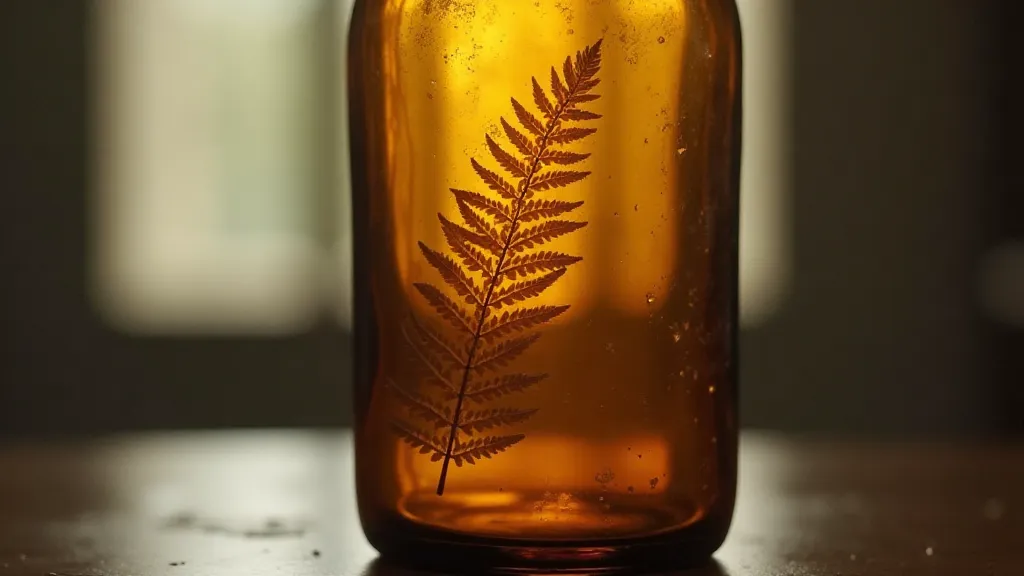
Understanding Reverse Glass Etching
For those unfamiliar, reverse glass etching is a technique where a stencil is applied to the *back* of a piece of glass. Acid is then applied, eating away at the unprotected areas, leaving the stencil protected areas intact. The result is an image that appears to float *behind* the glass, creating a unique, shadowed effect that’s utterly captivating. It’s different from traditional glass etching, where the image is on the surface, which lends a certain flatness.
The beauty of this technique when applied to antique bottles lies in its ability to create a depth and dimension that feels incredibly organic. Unlike a painted image, the etched lines seem to emerge from the glass itself, a testament to the history it has witnessed. The slight imperfections inherent in antique glass – tiny bubbles, subtle variations in color – are not diminished but rather enhanced by the etching process. They become part of the story.
Botanical Silhouettes: A Dance of Light and Shadow
My inspiration for using botanical silhouettes came naturally. Nature, after all, is the ultimate artist. The intricate patterns of leaves, the elegant curves of flowers, the delicate structure of seed pods – they’re all works of art in their own right. I wanted to capture that essence, to translate the beauty of the natural world onto these vessels, not with bold lines and vibrant colors, but with a subtle grace, a quiet reverence.
The key to creating effective botanical silhouettes lies in the stencil. The more detailed the stencil, the more nuance you can achieve in the etched image. I often work with laser-cut stencils, allowing me to create incredibly intricate designs. But even hand-cut stencils can yield beautiful results, albeit with a slightly more rustic feel, which can be perfectly suited to the character of an antique bottle.
When choosing a botanical form, consider the shape and color of the bottle. A slender, green bottle might be beautifully complemented by the delicate silhouette of a fern or a trailing vine. A rich amber bottle could be stunning with the bold outline of a thistle or a poppy. Think about the story you want to tell. Are you celebrating resilience (a hardy wildflower)? Are you evoking a sense of tranquility (a gentle lily)?
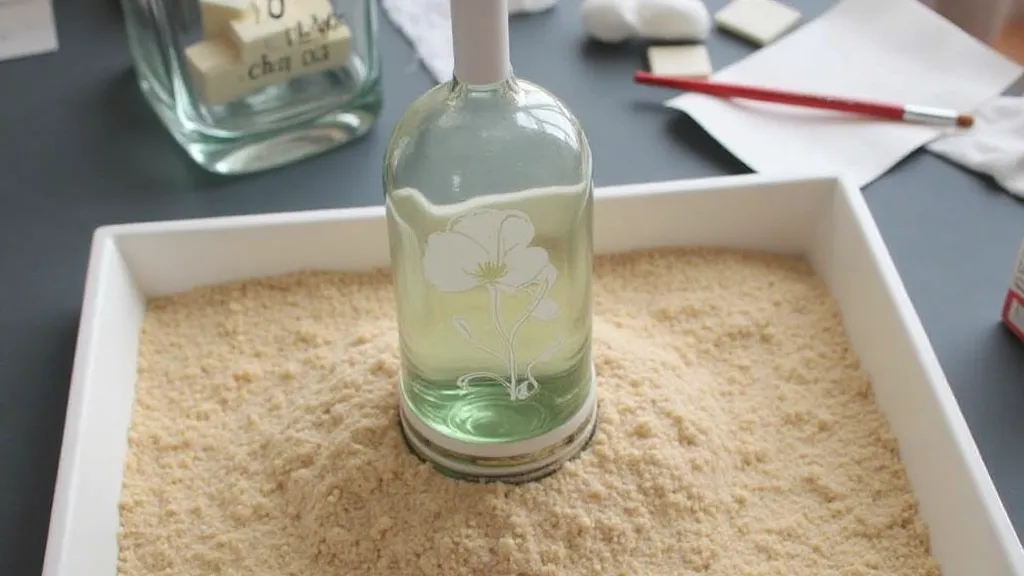
The Process: A Step-by-Step Guide (Brief Overview)
(Please note: This is a simplified overview. Thorough research and adherence to safety precautions are crucial.)
- Preparation: Thoroughly clean the bottle and the stencil.
- Stencil Application: Securely attach the stencil to the back of the bottle using a suitable adhesive.
- Acid Application: Carefully apply the acid solution, ensuring even coverage. The etching time will vary depending on the desired depth and the type of glass.
- Rinsing & Neutralization: Rinse the acid thoroughly with water and neutralize it with a baking soda solution.
- Final Cleaning & Drying: Remove the stencil and clean the bottle to reveal the etched image.
Safety is paramount when working with acid. Always wear appropriate protective gear – gloves, eye protection, and a respirator – and work in a well-ventilated area.
Beyond the Silhouette: Exploring Variations
Once you’ve mastered the basic technique, there’s endless room for experimentation. Consider layering stencils to create more complex designs. Use different types of acid to achieve varying textures and depths. Try etching partial silhouettes, allowing glimpses of the original glass to peek through. Think about incorporating other decorative elements, such as raised details or color washes. You could even explore etching entire scenes, creating miniature landscapes within the glass.
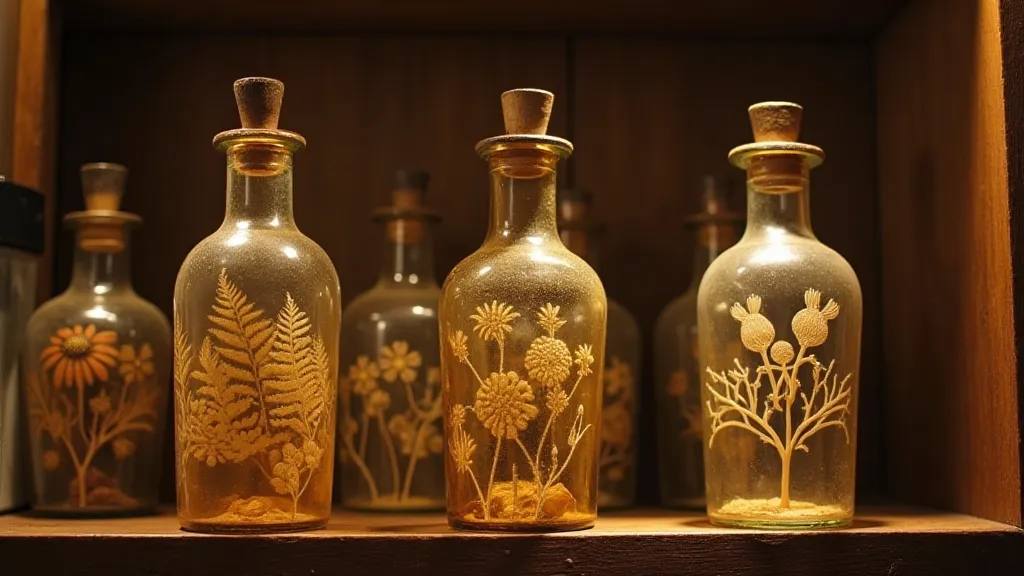
A Connection to the Past
For me, reverse glass etching on antique bottles isn't just a craft; it's a way to connect with the past, to honor the hands that created these vessels, and to breathe new life into forgotten treasures. Each bottle tells a story, and through the art of reverse glass etching, I hope to amplify that story, to create objects that are not only beautiful but also imbued with a sense of history, craftsmanship, and quiet elegance. It’s a practice that reminds me that beauty can be found in imperfection, and that even the most weathered objects can hold profound and enduring value.
